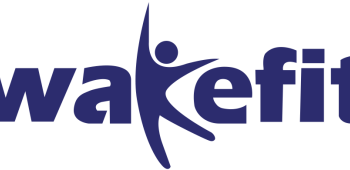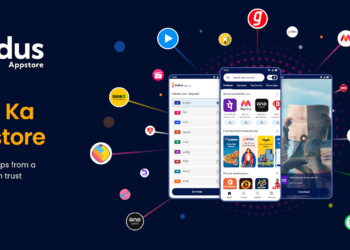From APIs to AI: M2P’s Journey in Revolutionizing Financial Infrastructure
In today’s digital world, financial services are seamlessly woven into our daily experiences. At the forefront of this transformation is M2P, a company that has been quietly reshaping the financial landscape since 2014. Their journey from simplifying bank integrations to becoming a deep-tech leader in AI-native banking is nothing short of remarkable.
The Chai Conversations That Sparked a Movement
M2P’s origins are rooted in casual conversations over chai, rather than in a corporate boardroom. Founded by Madhusudanan R, Muthukumar A, and Prabhu R, the company began at a time when India’s fintech scene was still developing. Unified Payments Interface (UPI) was unheard of, and APIs were a novel concept. Their belief was simple: every company could become a fintech entity, streamlining money movement through technology.
In 2015, while investor interest was scarce, M2P’s founders noticed a promising sign—customers were not just signing up, but willing to pay. This early traction laid the foundation for M2P’s self-funded growth.
Empowering Fintech Builders
Initially, M2P experimented with a B2C model, developing mobile apps to validate their ideas. However, they soon realized the real challenge lay within banks’ outdated systems. Rolling out a new product could take years, highlighting the need for an agile, infrastructure-led approach.
By 2018, M2P achieved direct integrations with major players like Visa, Mastercard, and NPCI. This milestone allowed fintech disruptors such as Slice and OneCard to innovate and scale rapidly.
Prabhu reflects on their strategic decision to remain behind the scenes, stating, "Had we gone B2C, we’d have probably covered three or four use cases. Now, we are an abstract layer and can power every use case out there that is possible in fintech."
Reinventing Banking for the Digital Age
The rise of digital finance, especially post-demonetization, exposed banks to internet-scale demands. Legacy systems, designed for traditional banking hours, struggled with real-time transaction surges. M2P identified the core issue as fragmentation, where banks relied on multiple vendors, leading to integration challenges.
To address this, M2P developed a unified, modular banking stack. This innovation aimed to eliminate the need for multiple vendors, offering a comprehensive solution for digital banking needs.
Prabhu notes, "In 2018, we were ticking maybe 4 or 5 of the 20 boxes a bank needs to go digital. Today, we’re ticking over a dozen."
Becoming AI-Native
M2P’s next frontier is building infrastructure where AI is foundational, not an afterthought. During India’s fintech wave in 2022, platforms using M2P’s infrastructure onboarded millions monthly, underscoring the demand for digital-first financial experiences.
Madhu asserts that financial services, like content and entertainment, will inevitably embrace mobile. "Everything else has already moved. Financial services will inevitably follow," he says.
M2P envisions AI-native platforms enabling real-time underwriting, fraud detection, and personalized financial journeys. With a satellite unit in the U.S., they aim to stay at the forefront of AI developments.
Inclusion as a Core Principle
For M2P, inclusion is a mindset. Their programs, such as the "Better Half" initiative, empower women returning to the workforce. They support moonlighters and national athletes, fostering a diverse and inclusive environment. M2P now operates in over 10 countries, employing talent from various nationalities.
Final Thoughts
M2P’s impact extends beyond APIs and product integrations. They influence regulators, shape global tech adoption, and enable financial access for millions. What sets M2P apart is not just their technology but the mindset driving it—conviction, culture, and a commitment to building intelligent infrastructure.
For more on M2P’s innovations, visit M2P Fintech.
By embracing AI, simplifying financial integrations, and fostering an inclusive culture, M2P is not just enabling fintech; they are redefining it. How will your company adapt to this rapidly evolving landscape?




















